Big cats are some of the most formidable predators on Earth, each possessing specialized hunting strategies that allow them to thrive in diverse ecosystems. From the vast savannas of Africa to the dense rainforests of South America and the icy slopes of the Himalayas, these apex predators have developed unique adaptations suited to their environments. Whether relying on teamwork, speed, stealth, or sheer power, each big cat species has honed a distinct approach to capturing prey. Understanding these hunting techniques not only highlights the remarkable diversity among big cats but also sheds light on the evolutionary forces that have shaped them into the ultimate hunters.
The Social Hunters
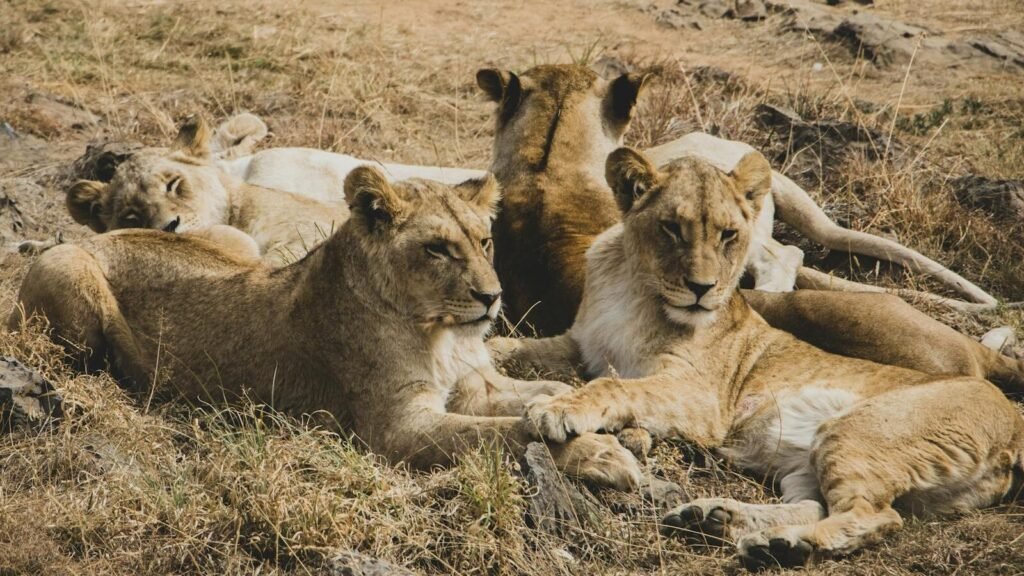
Lions are perhaps the most famous of the big cats, known for their cooperative group hunting strategies. Unlike most other big cats, lions are social creatures that live in prides. This social structure allows them to hunt large prey that would be challenging for a single cat. By working together, lions can surround and outmaneuver animals like zebras, wildebeest, and even large buffalo.
The Solitary Ambushers
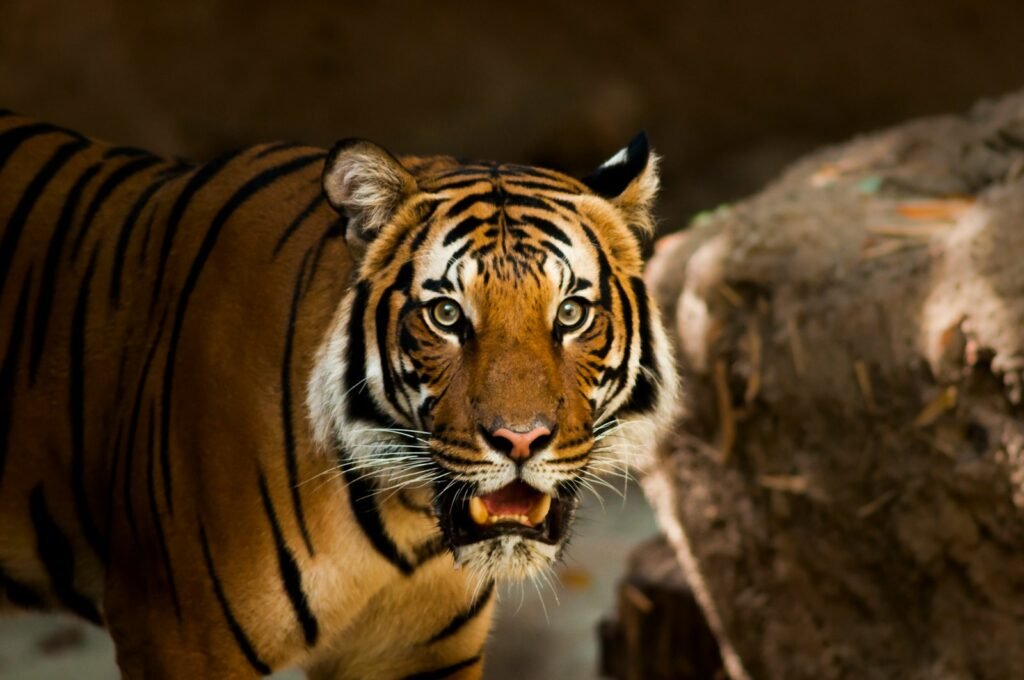
Tigers rely on their stealth and strength, preferring a solitary approach to hunting. These big cats are ambush predators, using their striped coat to camouflage themselves in tall grass and dense forests. They quietly creep up on their prey, aiming for a quick, powerful pounce that can take down animals as large as deer and even water buffalo.
The Speed Demons
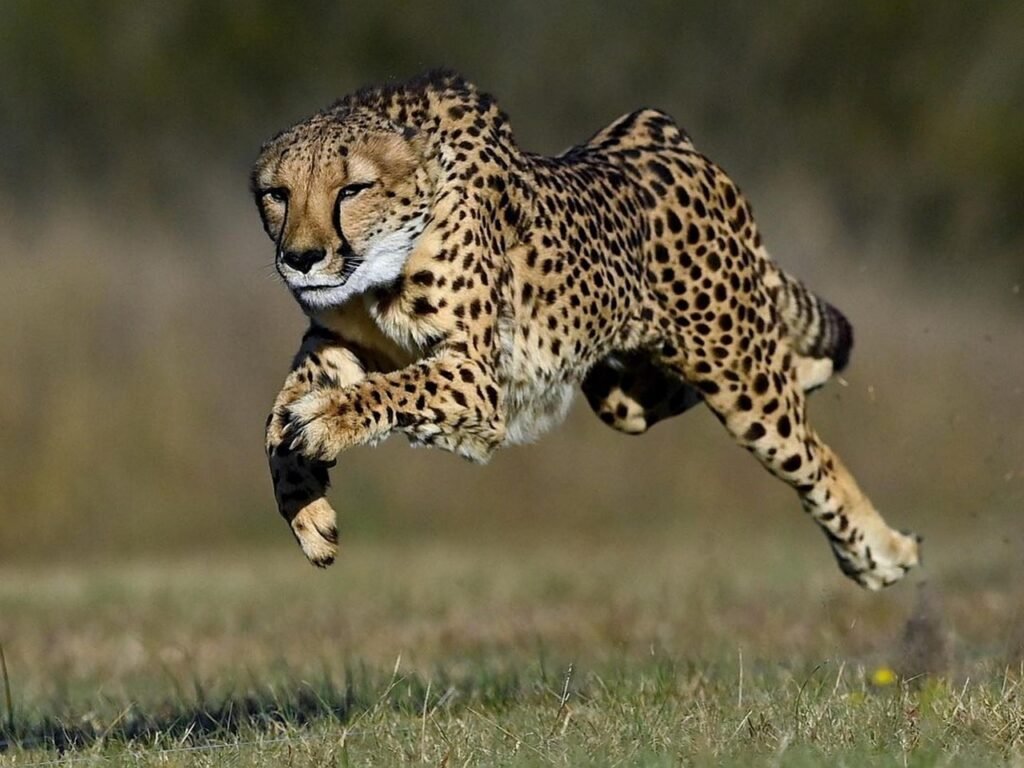
Cheetahs are renowned for their incredible speed, reaching up to 60 miles per hour in short bursts. Unlike other big cats, they rely on their acceleration and precise agility to hunt. Cheetahs identify a target, get as close as possible, then sprint to catch their prey, usually smaller ungulates. Their retractable claws provide grip during these high-speed chases, critical for making sharp turns.
The Stealthy Opportunists
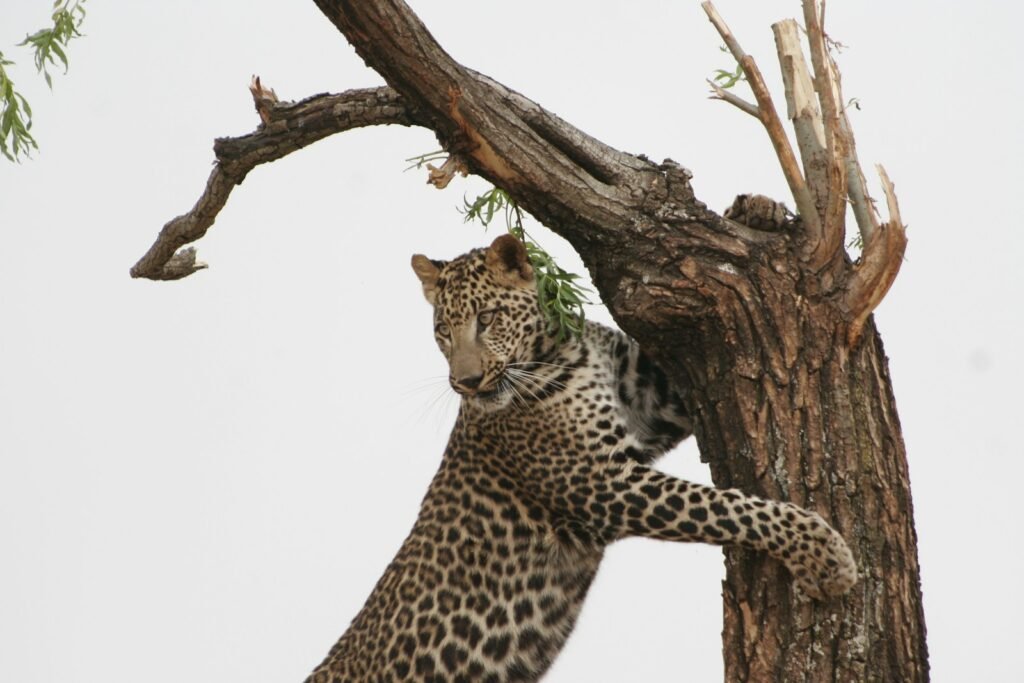
Leopards are incredibly adaptable, using a combination of stealth, strength, and cunning to capture a variety of prey. They are solitary hunters that rely on the element of surprise. Leopards often drag large kills into trees, safeguarding their meal from scavengers. This arboreal behavior is a unique tactic that ensures their catches last longer than if left on the ground.
Masters of the Mountains
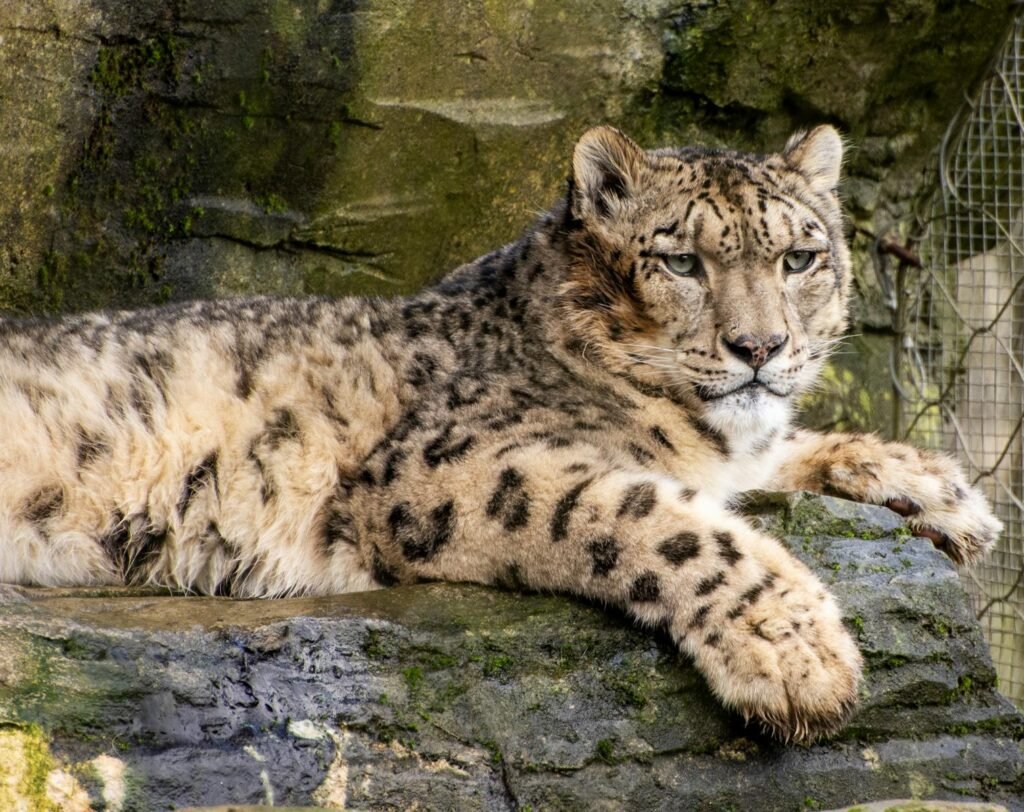
Snow leopards inhabit some of the harshest, most treacherous terrains in the world. Their hunting strategy involves navigating rocky outcrops and steep mountain slopes, using their long tails for balance. They often hunt at dawn and dusk, preying on ungulates like blue sheep and ibex. Their thick fur also helps them blend into the snowy landscapes, providing a perfect cover for ambush hunting.
The Aquatic Hunters
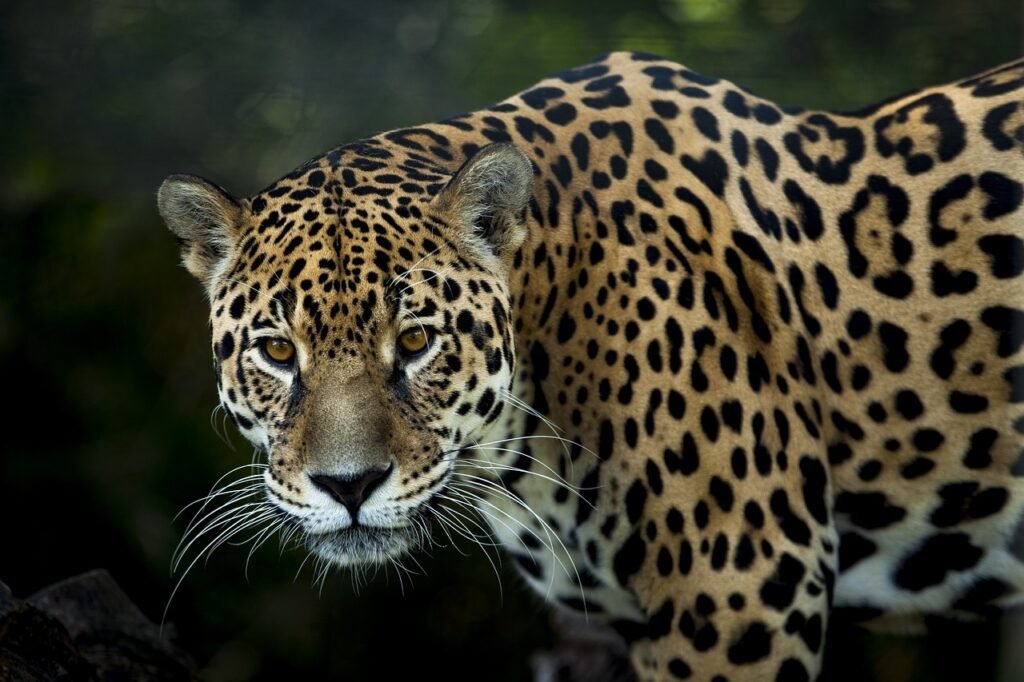
Jaguars are unique among big cats for their affinity for water. In the dense rainforests and wetlands of South America, they incorporate aquatic environments into their hunting strategies. Jaguars are excellent swimmers and often ambush prey such as capybaras and caimans from water bodies. Their powerful bite is capable of piercing skulls and shells, making them expert hunters of even the toughest prey.
The Range Rover Predators
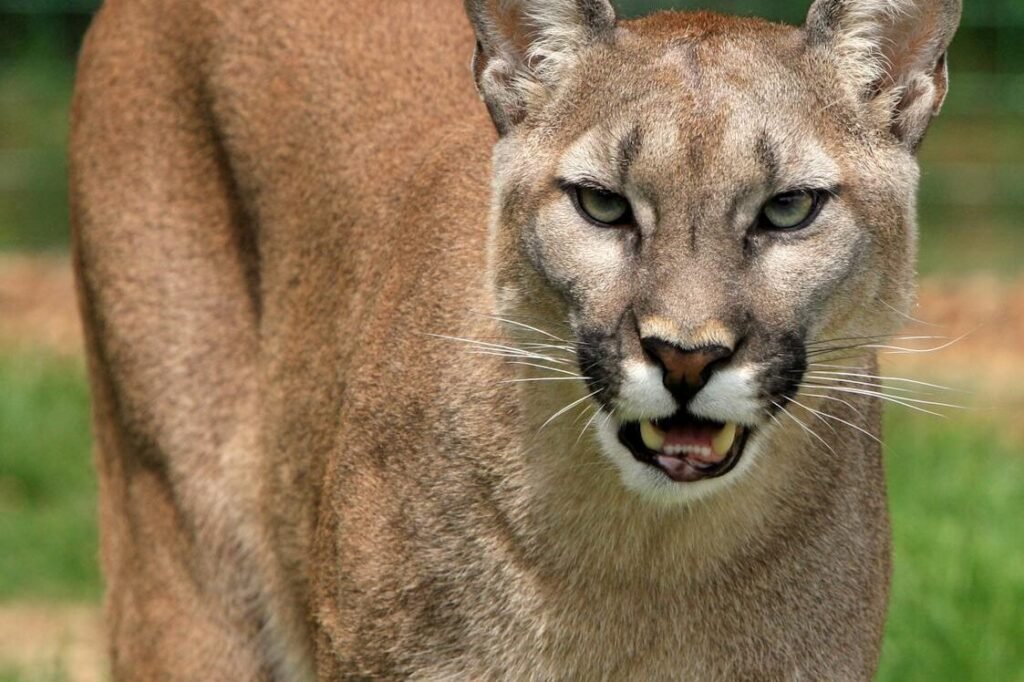
Also known as mountain lions or cougars, pumas have one of the largest ranges of any wild terrestrial mammal in the Americas. They are highly adaptable, with hunting strategies that change based on their environment and available prey. Typically solitary and reliant on stealth, pumas stalk their prey silently, favoring surprise attacks from close range. Their agility allows them to pursue prey over varying terrains.
The Aerial Assault Specialists
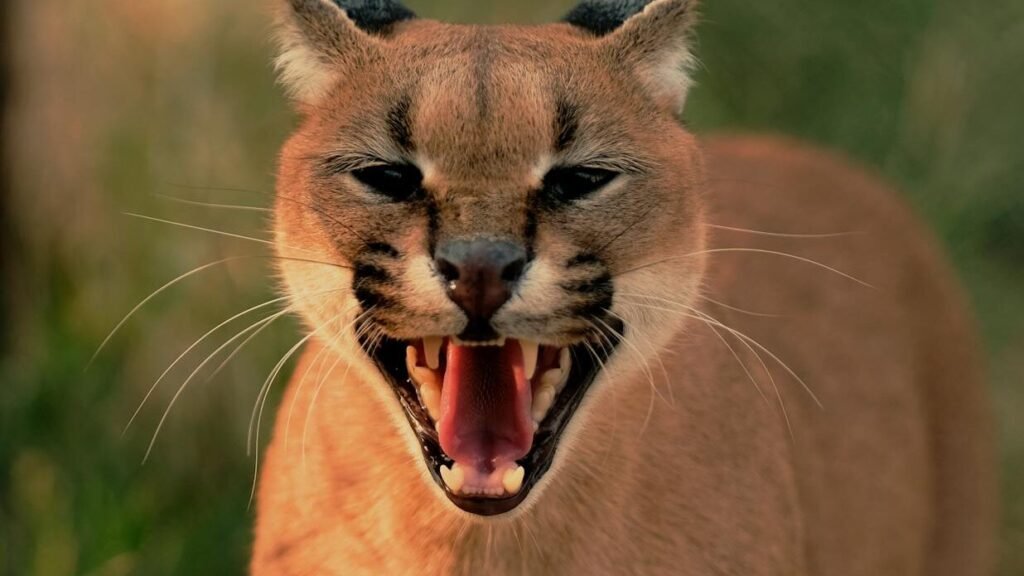
Caracals are medium-sized wild cats known for their distinctive tufted ears and incredible leaping ability. They employ a unique hunting strategy that includes vertical leaps into the air to snag flying birds—a trait not commonly seen in other big cats. Caracals are versatile hunters that can also take down rodents and small antelopes with quick and decisive strikes.
The Precision Pouncers
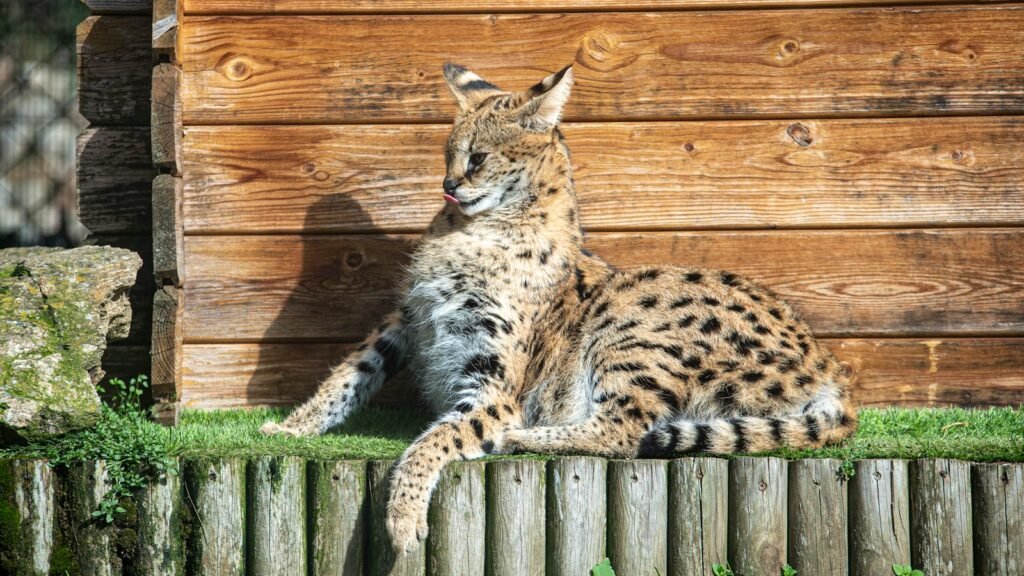
Servals are recognized for their long legs and large ears, adaptations that are perfect for their preferred hunting grounds—African grasslands. These features grant them practicality in locating and accessing prey in tall grasses. Servals employ their ability to jump and pounce onto small animals like rodents and birds, often with pinpoint accuracy over impressive distances.
The Arboreal Ambushers
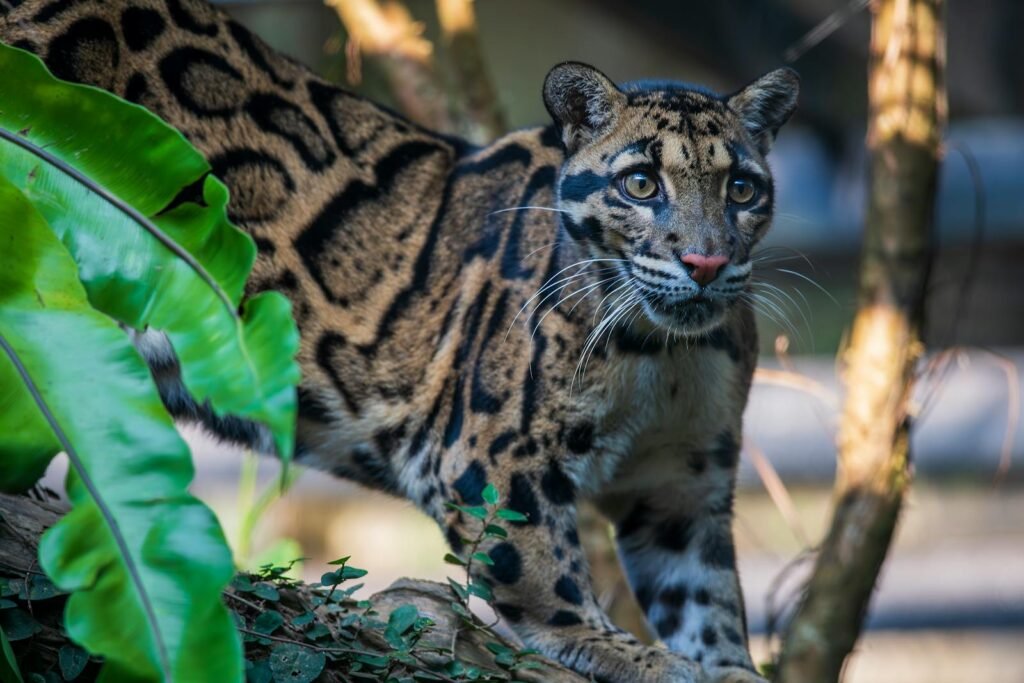
Clouded leopards have developed a unique hunting strategy by mastering the art of navigating trees. These elusive cats, with their long tails and sharp retractable claws, often hunt in forested areas. They are known to ambush arboreal animals like primates and birds, descending upon them from the safety of tree branches. Their ability to climb down trees headfirst is an advantage over their prey.
Conclusion
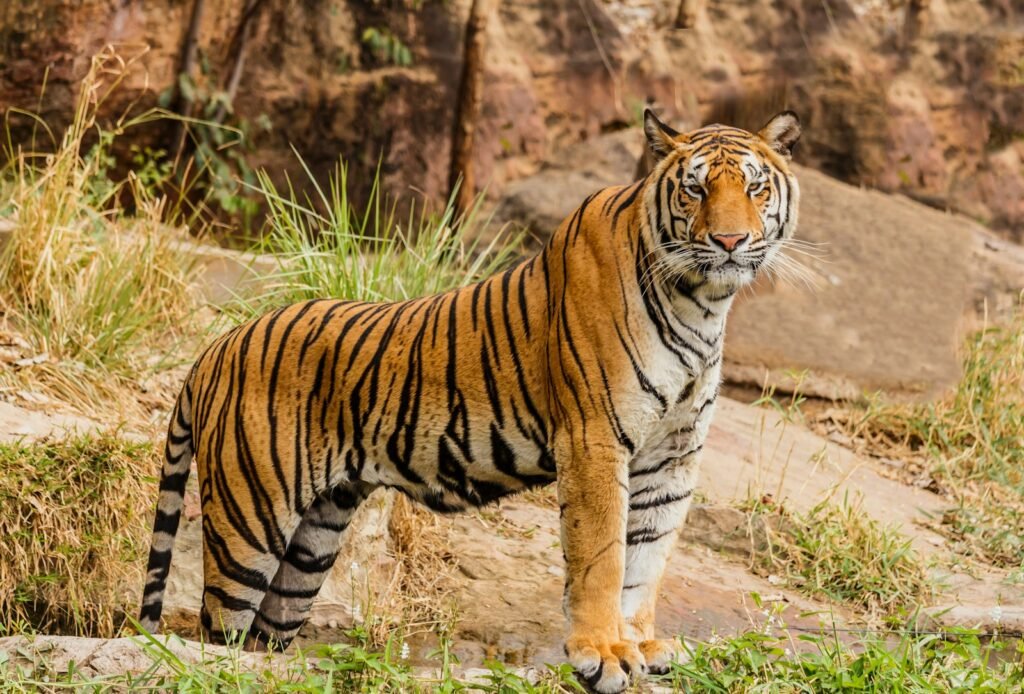
The hunting strategies of big cats demonstrate their incredible adaptability and evolutionary success. Lions work together in prides to take down large prey, while tigers and leopards rely on stealth and power for solitary ambushes. Cheetahs, the fastest land animals, use their unparalleled speed to outrun their targets, whereas jaguars dominate both land and water with their crushing bite. From the aerial attacks of caracals to the arboreal prowess of clouded leopards, each species has carved out its niche in the wild. These specialized techniques not only ensure their survival but also maintain balance in their respective ecosystems, reinforcing the vital role that big cats play in nature’s intricate web.

Linnea is a born and bred Swede but spends as much time as possible in Cape Town, South Africa. This is mainly due to Cape Town’s extraordinary scenery, wildlife, and atmosphere (in other words, because Cape Town is heaven on earth.) That being said, Sweden’s majestic forests forever hold a special place in her heart. Linnea spends as much time as she can close to the ocean collecting sea shells or in the park admiring puppies.






